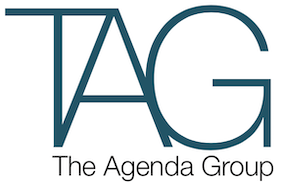The results of the State Election ended up being largely in accordance with the opinion polls and the betting odds.
As expected, the ALP did not lose any of the seats on its side of the pendulum to the Coalition and picked up the four other marginals with Labor incumbents, which had become notionally Liberal after the redistribution. Labor then clinched victory by winning back at least three, and probably four, of the seats on the Frankston line, despite train punctuality having improved since 2010.
Out of the 88 Legislative Assembly seats there look like being only two, or possibly three, seats where a favourite was beaten – Shepparton, Melbourne and maybe Prahran.
One noteworthy feature of the result was that it was generally even across the state, with the vast majority of seats having swings in a range of one and four per cent to the ALP. Apart from the massive shift to the independent in Shepparton, the biggest swing was in Morwell (11.5%), again affected by an independent and a very particular local issue. The next biggest swings to the ALP tended to be in seats like Hawthorn (7.9%) and Bass (7.5%) where long-standing incumbents had retired. The new members will be hoping for a ‘sophomore surge’ to restore their margins in 2018.
There were a handful of seats which swung in the other direction, most of which were extremely safe Labor seats such as Dandenong and Footscray. The slightly more marginal Narre Warren duo both swung to the Liberals, as did the key marginal of Ripon. The Liberal members for Forest Hill and Gembrook also increased their margins, reflecting a trend of the Liberal vote holding up well in the outer east, perhaps the part of Melbourne where support for the East-West Link may have been highest.
Thus, overall the results of this election show that there is no reason why the Coalition cannot sneak back into government in 2018 by winning a similar pattern of seats that they won in 2010.
However, if they want to build a stronger majority than they have had for the past four years (and not be at the mercy of the next Geoff Shaw) they will need to see if there is a solution for their ongoing poor performance in the state’s regional cities.
In Ballarat, the Liberals suffered swings against them of 4.3 and 5.5 per cent in Buninyong and Wendouree respectively, while Labor also increased its majority in the Bendigo and Geelong seats it already held.
The answer clearly does not lie in showering largesse on the voters as the Coalition made numerous funding promises for Ballarat and certain other key seats, none of which seem to have helped at the ballot box, as the IPA’s James Paterson eloquently explained in Tuesday’s Age.
One positive for the Coalition from this election is that they did add a small number of high quality recruits to their parliamentary ranks. If they are to seriously challenge Victoria’s inbuilt Labor bias (just 6 Coalition wins in the last 23 Federal and State two party preferred counts) they will need to thoroughly refresh over the next four years. A fresh line-up and a new policy prescription will provide their best opportunity to be competitive in 2018 and beyond.
